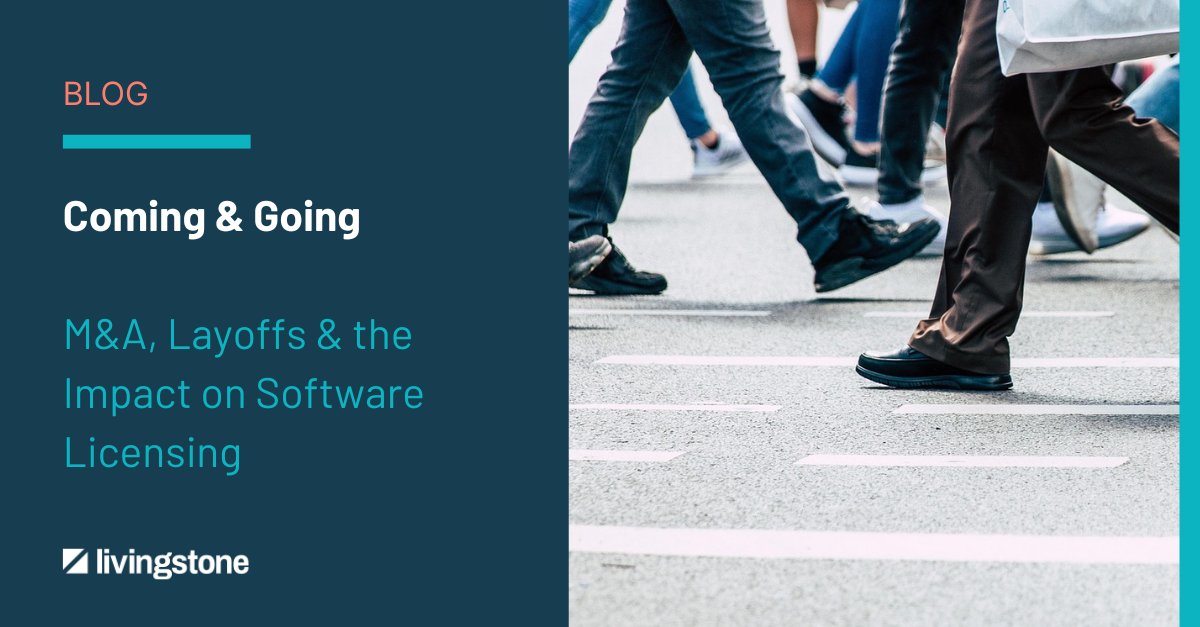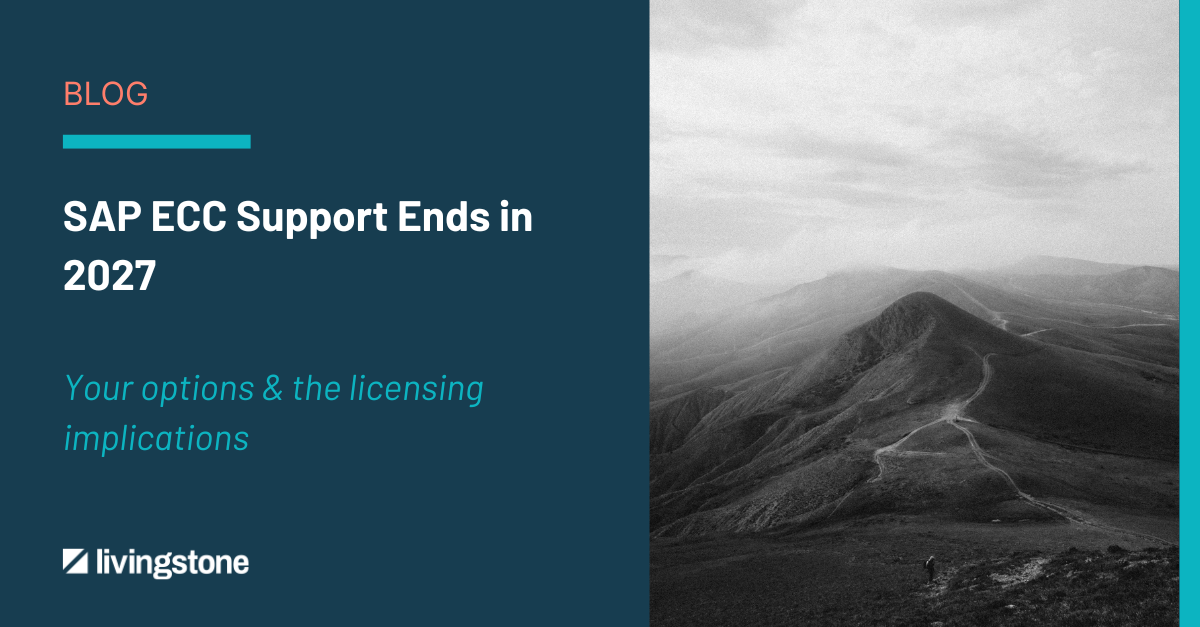For years, SAP customers have been able to rely on more than just volume-based discounts when negotiating on-premise licences. Special discounts, negotiated outside of the standard pricing structures, often played a crucial role in keeping costs manageable. But current trends suggest those days are over.
Recent updates and insights from within the SAP ecosystem suggest that special discounts are no longer being offered. Unless you’ve secured contractually guaranteed terms in the past, the only discount you can expect now is volume-based. In practical terms, this means on-premise software is about to become significantly more expensive. And that’s no coincidence. This is SAP’s latest lever to drive customers towards its preferred destination: the cloud.
In this blog, we explore what has changed and what you can do about it.
The End of Special Discounting
SAP’s shift is simple but significant. Previously, customers could negotiate special discounts that went beyond the standard percentage reductions for buying at scale. Those special terms acted as a buffer, helping customers reduce exposure and keep budgets under control.
Now, based on insights we're seeing in the market, those discounts are increasingly off the table, which makes the calculation brutally straightforward: list price minus volume discount. Unless your contract already locks in a preferential rate, you will likely be paying far closer to SAP’s list price than you have in the past.
This change is strategic. By making on-premise licensing more expensive, SAP is directly incentivising customers to consider its cloud offerings, where pricing and contractual flexibility are positioned as more attractive.
Why It Matters for Risk and Compliance
In the past, when organizations calculated an Effective License Position (ELP), they often worked from historical net discounts. Those figures gave a sense of the “best case” pricing that a customer could realistically achieve.
But if special discounts are no longer generally available, those models are now misleading. The “worst-case” scenario—list price with only volume-based discounts—is no longer hypothetical. It’s now highly likely*.
That means many organizations could be significantly underestimating their compliance exposure. A customer that assumes they can replicate last year’s net discount may suddenly find themselves facing far higher true-up costs during an audit.
*Negotiating discounts may still be possible, particularly if you are buying more of a license that you already had and which you previously received a good discount on. But the discount is likely to be significantly lower than it was in the past.
How SAP Contracts Hide the True Cost
One of the challenges customers face is that SAP order forms rarely make discounts and list prices transparent. Instead, customers often have to piece together the picture from scattered data points.
There are workarounds to solve for this, but they can be complicated and require careful analysis. Livingstone’s SAP licensing specialists can assist you with this matter.
What Customers Should Do Now
If you’re an SAP customer, the potential withdrawal of special discounts means it’s time to reassess your position. Here’s what we recommend:
- Revisit your licence baseline
Don’t assume the discounts you achieved in the past will still be available. Refresh your ELP with volume-only discounts as the baseline. - Scrutinise your contracts
Look closely at order forms, historical agreements, and any contractually agreed discounts that may still apply. These details will be critical in understanding your true exposure. - Model worst-case exposure
Always run a scenario where only volume discounts apply. This gives you a realistic picture of what SAP might enforce, and ensures you aren’t blindsided. - Seek independent validation
SAP’s pricing strategy is designed to push you towards the cloud. Before making that move, ensure you have an objective, independent view of your licensing position and risk exposure.
The Bigger Picture: SAP’s Cloud Push
SAP is not alone in this strategy. Across the industry, major vendors are making on-premise licensing less attractive as they look to accelerate cloud migration. Removing special discounts is a powerful lever in that strategy.
For customers, the message is clear: unless you have a robust understanding of your license baseline and contractual terms, you risk walking into negotiations or audits at a disadvantage.
The good news is that with the right analysis and independent support, you can stay one step ahead. Understanding your true position allows you to make informed decisions about whether to purchase on-premise, negotiate new terms, or move to the cloud on your terms rather than SAP’s.
How we can help
Don’t get caught out by SAP’s discounting changes. Livingstone helps organizations uncover the true cost of their SAP estates, validate risk exposure, and negotiate from a position of strength, whether you’re staying on-premise or moving to the cloud.
Get in touch
If you have questions about your SAP licensing, contact us and one of our experts will be happy to chat.




